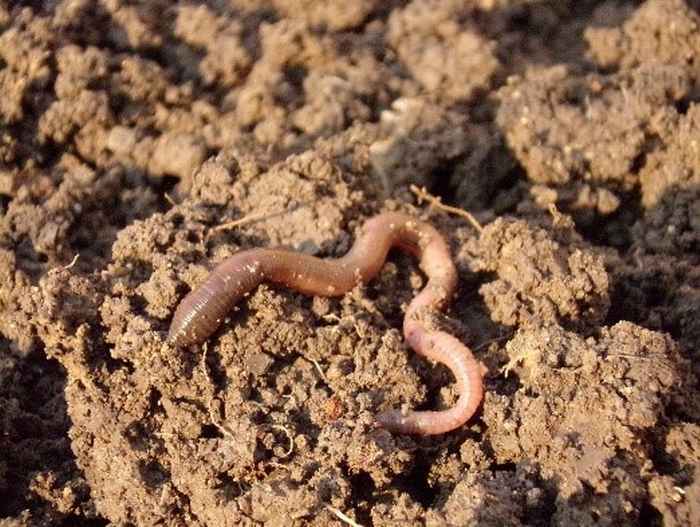Polymerlike worms wriggle their way through mazes
26 March 2025

The behaviour of worms in complex environments challenges what we thought we knew about movement in crowded spaces. Common sense suggests that the more obstacles there are, the slower things should move – think of trying to make your way through a packed metro station. However, the research of the UvA team shows that active worms defy intuition. In environments with disordered obstacles, they spread faster as obstacle density increases, contradicting the usual “the crowdier, the slower” trend.
The research was published in the Physical Review Letters this week, and was selected by the editors of that journal as an “Editors’ Suggestion”.
Active, polymer-like behaviour
One way in which worms differ from humans is, of course, their shape: a worm’s length is much larger than its width (i.e., it is spaghetti-like), and moreover it is wiggly – or in more scientific terms: it behaves like an active polymer. The researchers suspected that this active, polymer-like behaviour is what makes the worms behave in their counterintuitive way.
Perhaps even more surprisingly, the physicists found that more obstacles do not always make the worms move faster: the organization of the obstacles plays a crucial role. When the obstacles were arranged in an ordered pattern, the worms actually slowed down as density increased – following general expectations. A second surprise was that besides the shape of the worms, their activity also played a clear role. Reducing the worms' activity – for example by lowering the temperature of their environement – caused them to spread through the maze even more, highlighting a counterintuitive interplay between activity and movement.
A statistical model
To explain these intriguing observations, the researchers developed a statistical model of self-driven filaments, representing the polymer-like behavior of the worms. By incorporating both flexibility and activity parameters, their model successfully reproduced the observed dynamics, revealing the crucial influence of environmental structure on worm locomotion. In disordered environments, the random positioning of obstacles creates narrow “tubes” between pillars, guiding the worms and allowing them to reptate efficiently, thereby increasing their speed. In contrast, ordered pillar arrangements form larger open spaces or "holes" where the worms tend to curl up, becoming temporarily trapped and slowing down. These findings highlight how environmental geometry dictates movement strategies, fundamentally altering the way active polymers explore crowded spaces.
Potential applications go beyond worms. The findings not only reveal how worms navigate crowded environments like soil but also suggest strategies for bio-entities in the crowded environment of the human body and robots in complex landscapes. By deepening our understanding of “active polymers,” this study could inform the design of bio-inspired worm-like robots for navigating dense environments in the future.
Publication
Locomotion of active polymerlike worms in porous media, R. Sinaasappel, M. Fazelzadeh, T. Hooijschuur, Q. Di, S. Jabbari-Farouji, and A. Deblais. Physical Review Letters 134 (2025) 128303.